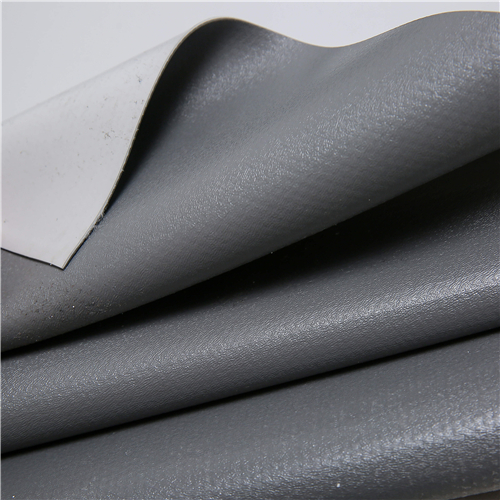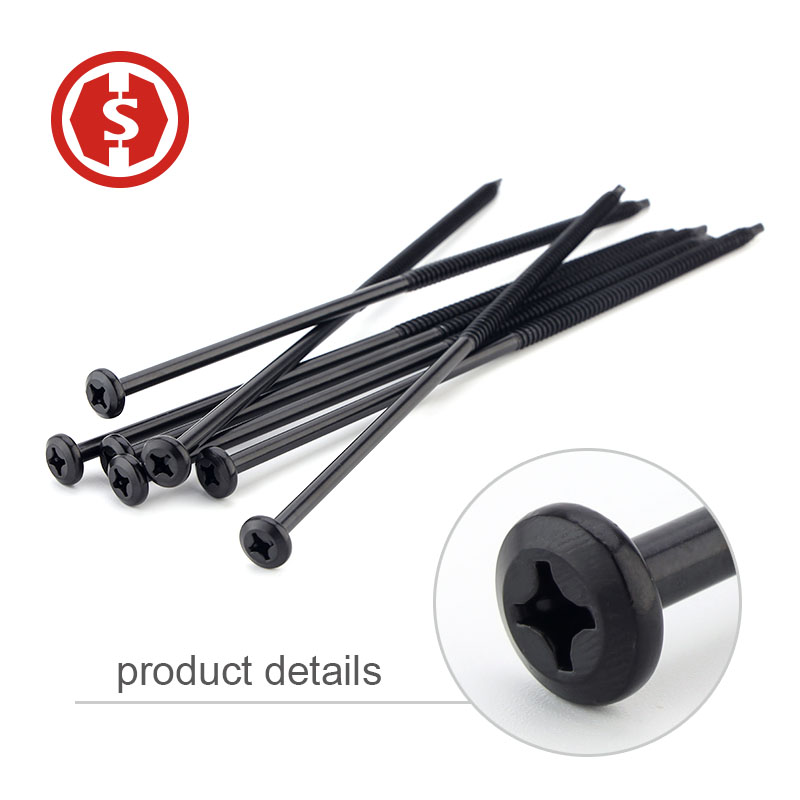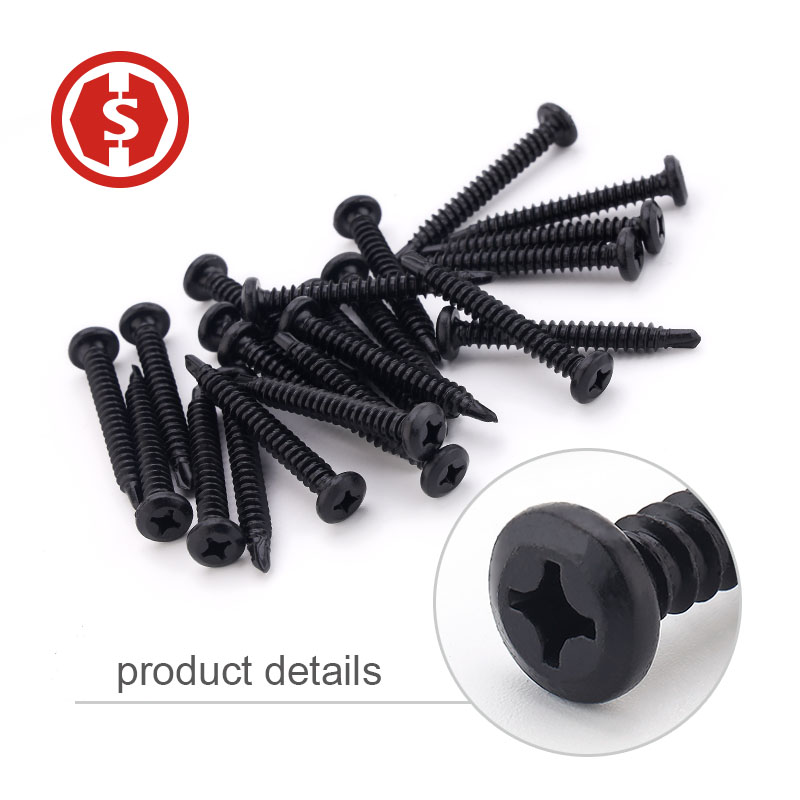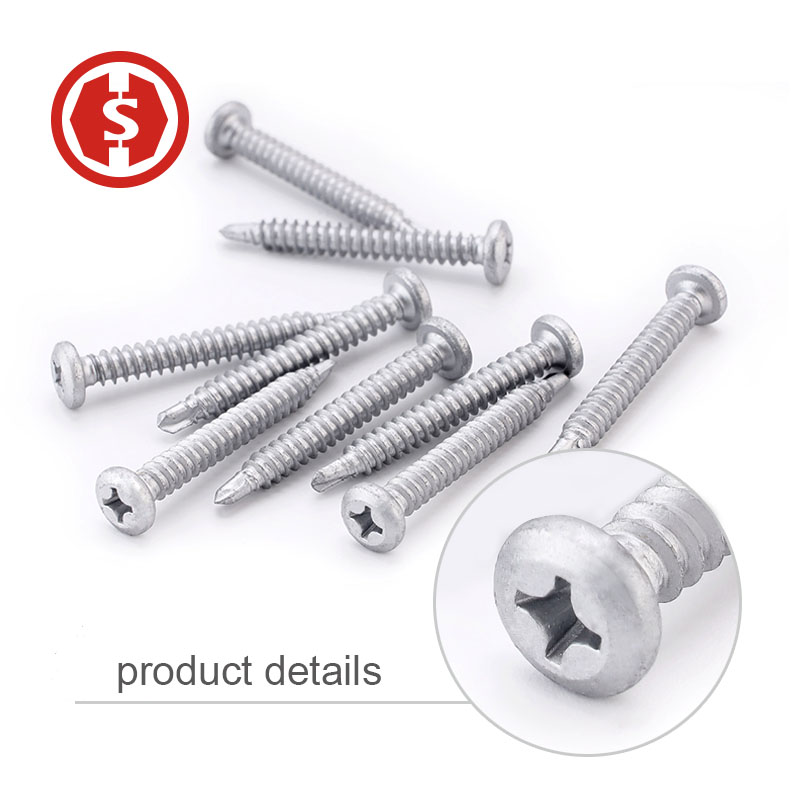

Factors to consider for the waterproofing membrane application
A small technical miss out might cause undesired results. Given below are few details that need to be addressed for the application of waterproofing membranes.
Coating materials need to be abrasive resistant and accommodate building movement. Quite often this is misunderstood and unbonded screeds are placed over membranes that are applied too thin, resulting in mechanical abrasion. This mechanical abrasion is akin to trying to wear through the coating with a brick. Any thin spots, weak points or high spots can wear through, forming ruptures and blisters.
Movement accommodation at bond breaker junctions is severely compromised when waterproofing is applied beneath a screed. The compacted screed restricts the coating movement when releasing from the bond breaker, as there is no active release zone. This can be addressed by installing a compressible foam rod to the perimeters, before placing the screed. This is further compromised when the required DFT is not achieved, reducing the membrane elongation tolerance drastically.
Uneven film thickness is even more prone to elongation failure. Thicker coatings can restrict movement, where thinner applied coatings will tear under minimal movement. This is why filleting is not as successful as bond breaker systems. An even DFT [Dry Film Thickness] of coating, bonded to a compatible joint sealant, is restricted from stretching as the uneven fillet section of sealant allows free movement at the thin points, and restricts movement at thicker fillet zones.
What is a Waterproofing Membrane?
A waterproofing membrane is a thin layer or sheet that is applied to surfaces prone to water exposure. It acts as a protective shield, preventing water from penetrating into the underlying structure. These membranes are designed to be flexible, durable, and resistant to water, chemicals, and UV radiation. By creating a watertight barrier, they ensure the integrity and stability of the building.

Most coating manufacturers require different ranges of minimum DFTs [Dry Film Thickness] under different circumstances. Internal wet areas may require a minimum DFT of 0.6 to 1mm for wall applications and 1 to 1.5mm for floors and horizontal surfaces. Balconies and podiums may require a minimum DFT at the range of 1.5 to 2mm, where lift pits, pools and planter boxes may require a minimum DFT up in the ranges of 2 to 3mm, depending on the coating material used.
Low viscosity coatings must have at least 3 coats, where one cannot achieve anything greater than 0.5mm WFT, due to slump and souping of the coating. Even at 66% solids, we need to apply 3 coats to achieve the 0.99mm (1mm) DFT required for floor and horizontal surfaces.
Coating DFT [Dry Film Thickness] is paramount to achieving the optimum performance as required by the manufacturer. Reduced coating thickness can result in abrasive damage and reduces elongation properties. Excessive thickness may result in re-emulsification and splitting during curing. Detailed substrate preparation will ensure even film thickness and performance.
Waterproofing membranes are increasingly becoming an essential element for construction, playing vital role in protecting surfaces and structures from water damage. In most cases, the thicker these membranes, the more reliable they tend to be.
This is why modern waterproofing membranes often come with added thickness that helps provide long-lasting protection and assurance of impermeability. Thus, when choosing a waterproofing membrane you should consider its thickness – if you choose one that is too thin, it may not be able to effectively withstand the wear and tear caused by moisture and humidity over a prolonged period of time.




What is the principle of hardening reaction of fire rated roof tile
2021-12-10Application of waterproof membrane
2022-03-09What is the production process of fire-resistant tiles
2021-12-10
Tel: + 0086 15076176199 + 0086 311-87880324
No.3 Mingdu International Building,
Economic and Technological Development
Zone, Linyi
Shandong China
Shandong Shenghang TECHNOLOGY CO.,Ltd